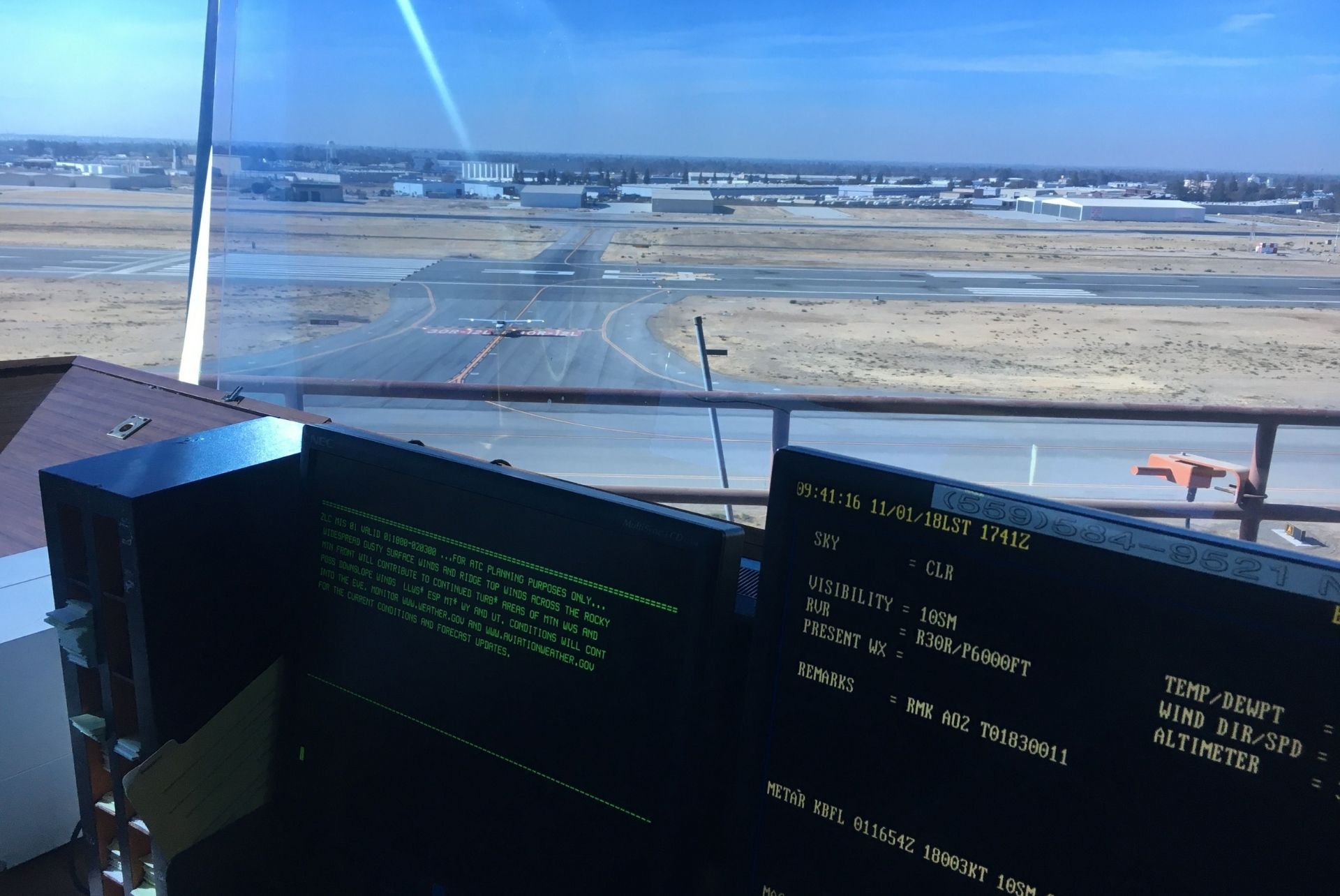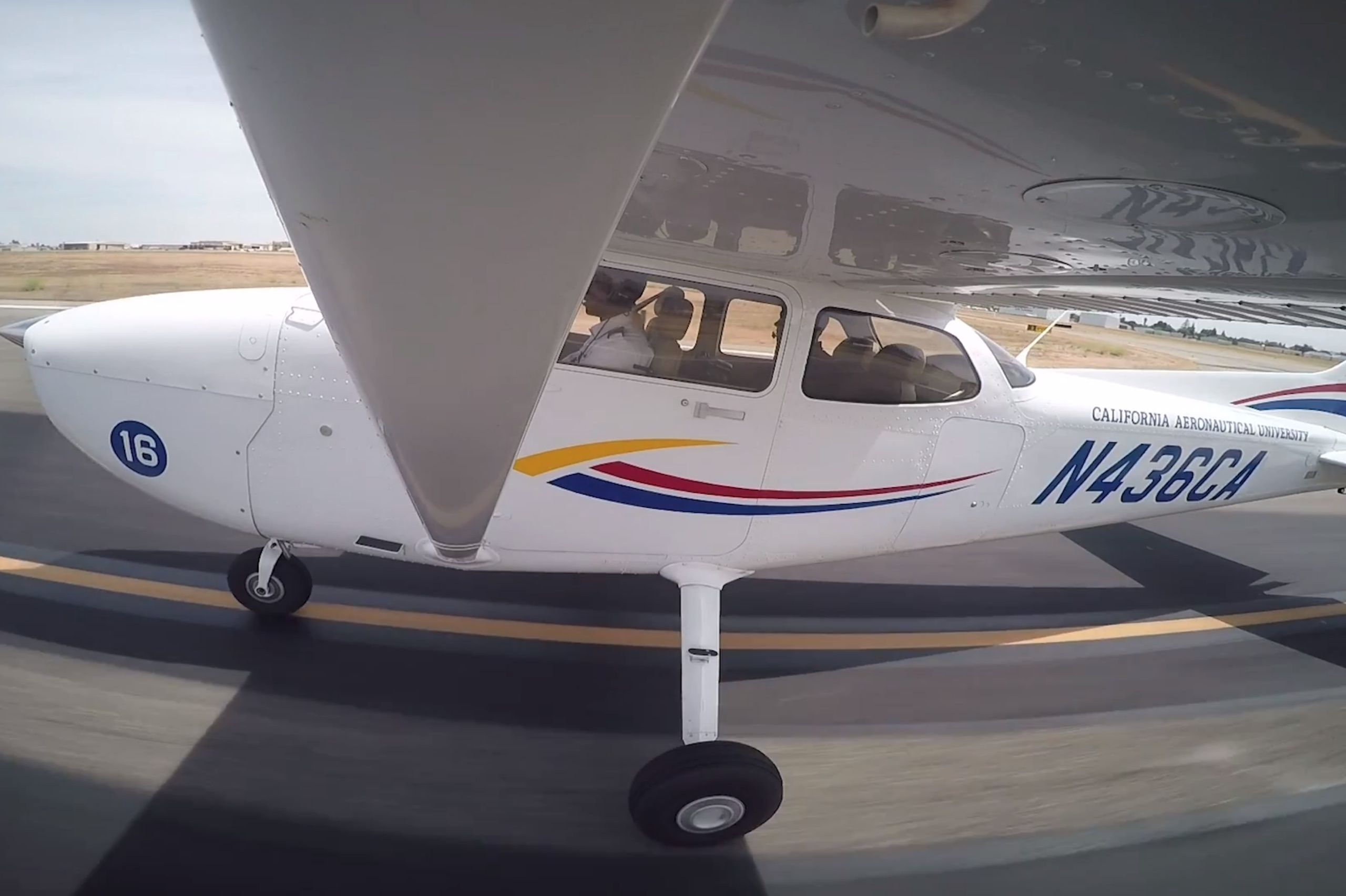Communicating with air traffic control is an essential aspect of acting as pilot in command. These 3 tips can help you communicate more effectively and safely with traffic controllers.
[lwptoc numeration=”none”]
Most ground school courses in flight school do not spend a lot of time discussing how to speak with air traffic controllers while acting as pilot in command (PIC.) It is generally assumed that pilots will pick up this information as they undergo flight training in the cockpit, or that their Certified Flight Instructor (CFI) will pass along various techniques along the way.
However, flying is such a complex, multi-task operation that sometimes student pilots do not have a chance to practice this skill. They might pick up incorrect phraseology or bad habits, which can solidify and hang with them for years. Some pilots might fly for the extent of their careers without knowing that they are vexing air traffic controllers and fellow aviators with unhelpful radio habits. Others are afraid to talk to ATC, thinking of them as “air police.”
Flight students and even experienced pilots can avoid this by understanding what air traffic controllers do and learning how to speak to them the right way. Efficient conversation with air traffic controllers is the mark of an experienced and responsible pilot. It is a skill which comes with practice and study. It is almost like another language, so paying attention to the shorthand and context of certain phrases requires conscious effort. However, in the end, doing so saves time both in the cockpit and on the ground.
The Importance of Air Traffic Control
While it is legally possible to take off, fly, and land without ever speaking with air traffic control, it’s not a good idea. Controllers can pass on important weather information and make advisements about the airspace. Remaining in contact with ATC keeps both you as well as other pilots safe.
Professional pilots and those who plan to fly recreationally will speak to ATC innumerable times during their time in the air, so it is best to invest the time to ensure you are doing so correctly. Doing so marks you as a thoughtful pilot. Here are a few tips for working with air traffic control.
1) Rehearse What you Need to Say Before You Say it
This goes for learning typical exchanges as well as thinking for a moment before keying the mic, even if you have spoken with controllers thousands of times. Student pilots are typically given a few guidelines about how to speak to tower controllers, but only practice with hypothetical as well as actual cockpit scenarios can truly prepare them for working smoothly with another human being, particularly in a stressful situation.
Student and veteran pilots who are unsure about their radio skills, should carefully study the Federal Aviation Administration (FAA)’s Aeronautical Information Manual, also known as the AIM. One area of the handbook– Section 2 Chapter 4—is designed to teach pilots basic procedures of radio communication with air traffic control. However, in the rush of information that is flight training, some students rush over this section or think it is easily skippable, assuming that they will gather this knowledge as they go along. On the contrary, becoming familiar and comfortable with the information in this section of the AIM will form the bedrock of a safe and calm flight.
As in learning any foreign language, immersion is usually the best and quickest way to gain a strong grasp of what most phrases mean. Rehearse common situations with your CFI or a fellow aviator. Student pilots and those seeking improved radio skills should consider listening in on live radio calls; this can be done online at LiveATC. Discerning what the pilots and controllers are saying to one another is a good way to become accustomed to radio shorthand. Be wary, however, that the bad habits of some pilots on the frequency do not become your own; if you hear a slip-up, ask yourself what the proper procedure is instead.
When it is your turn to talk to an air traffic controller, listen carefully to what he or she is saying or asking, rather than distractedly taking care of other tasks or assuming what the call is. Upon replying, think before you communicate. Take a second to form the call in your mind.
2) Say Only What You Have to Say
The practice of briefly rehearsing the transmission in your head has many benefits. It helps to eliminate “um” and “ah” on the frequency, which makes your transmission clearer and cleaner. In addition, it ensures that you are following procedure correctly.
You can help the controller do his or her job, as well as other pilots waiting to use the frequency, by speaking slowly and enunciating. Taking the time to speak clearly the first time lowers the chance that the controller will ask you to repeat your transmission, which saves time for everyone involved.
Since you are likely not the only pilot on the frequency, avoid wasting precious seconds by rambling through a long discussion. Say only what’s necessary, using the shorthand outlined in the AIM. If the controller needs more information, he or she will ask for it.
3) Don’t Be Afraid to Declare an Emergency (As Long As There Really Is One)
In the stress of an emergency, whether mechanical, medical, or something else, it can be easy to throw radio communication by the wayside and think only about what is unfolding in the airplane. However, the controller cannot help you if he or she does not know what is going on. Do not hesitate to declare an emergency if you think it is necessary (just saying “Declaring an emergency” does the trick.)
By doing this, you free the controller to go into action on his or her end, and call for medical help, law enforcement, fire personnel, or whatever else is necessary. Declaring an emergency also alerts the other pilots in the area to your situation. They might be able to assist you, such as by passing on visual information about the condition of your aircraft. At the least, these words will tell them to fall silent on the radio so that air traffic control can concentrate on coming to your assistance.
Ready to soar in your aviation career?

Tamu Smith-Kohls serves as the Vice President of Enrollment Management and Marketing for California Aeronautical University. She has worked in the aviation industry in various roles for 24 years. As a United States Air Force retired veteran, she has a unique appreciation for the aviation industry. Tamu has served in Information Systems as a Network Administrator, Aerospace Flight Medicine as a Health Services Manager, and Air Force Recruitment and Marketing. She holds an undergraduate degree in Psychology; a Master’s in Business Administration and is a Certified Neuro Linguistic Practitioner. Her passion is motivating, training, coaching and serving others to reach their best potential.




Thankyou for sharing such helpful content about air traffic control, keep sharing such informative ideas.